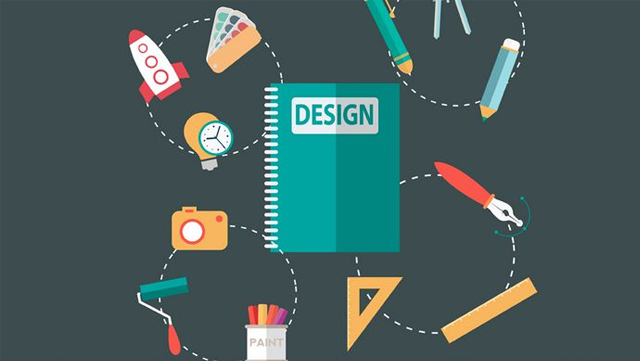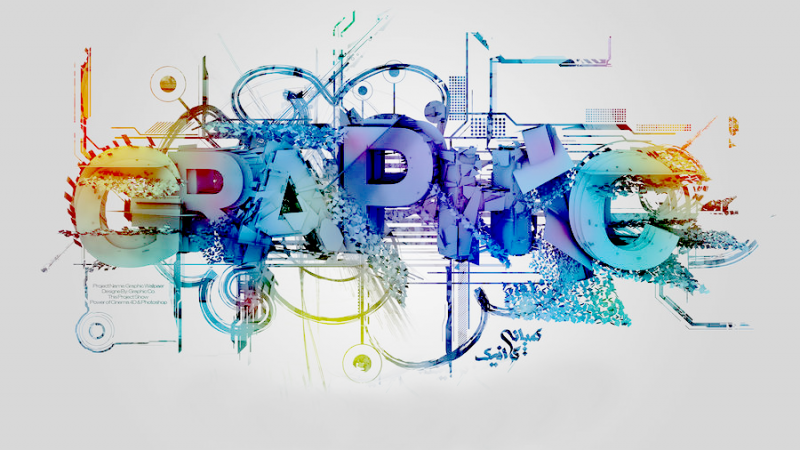When selecting a template for a website, you have to think exactly like graphic designer would. Even though you are not a professional and you might not know a lot about composition, color pallets or other kind of elements related to this field, you will have to develop a visual sense and learn more about some aspects that could highly influence the way your future customers and actual customers perceive your website. Some people do consider the template of a website irrelevant and the content paramount.

Well, you might be surprised to hear that the content on a website is not relevant when its functionality and visuals make people leave the site in a minute or two. No one will have the necessary patience to browse a website that is not good looking or well-optimized. Why? Because living in an era of technology means that everything has to work fluently and rapidly. People are expecting minimal designs that are extremely responsive. Keeping it modern and simple is the one factor that will make people visit your website and just then, check out your content. The first thing that will pop in one’s head would be how visually pleasing a website is, not how good is the text formulated. This article is meant to present some criteria that you will want to follow when choosing a template for your website. You may have heard about Joomla templates and their numerous offers. This is one of the many websites where you can find plenty affordable templates, including functionality and amazing looks.
Lines and scaling

Following the way a website is built starts from the lines and scaling. When searching through thousands of templates existent out there, it is difficult to tell the difference between similar ones. The way lines are put together make the visitor focus his attention towards certain things. In web design, leading lines are paramount for sending the customer to an element that should be the focal point of the website. Plus, lines can also be used for stylizing the entire template. This way, you are going to obtain a functional, efficient AND visually pleasing design just with the help of simple lines.
When it comes to scaling you need to search for website templates that are following certain rules regarding to the size of each component. By scaling each element properly, a website template will be able to help visitors perceive the message easier. Think about famous movie posters and the way the images of each actor is sized. Usually, the protagonist is the biggest one and the rest are smaller, which will draw the attention of the people who are seeing it towards the main character.
Negative space and symmetry

The space in between the elements of a website should remain blank. Overcrowding the main page of a website is the worst thing one can do. You will have to keep it simple so you can make sure the visitors know what to click on. Symmetry is used by all the huge companies in the world. Logos of companies such as Starbucks, McDonald’s, Chanel and so on, are based on symmetry entirely. The human eye finds symmetrical patterns more pleasing that anything else and this is the reason why they are so frequently used for website templates and other design related fields. Yet, symmetry is not an option for each and every design out there. If you find an abstract, minimal website template that suits all your requirements you should opt for it.
Transparency vs texture

The next thing you will want to pay attention to is transparency or texture. Depending on what you find more enjoyable for your website, you will have to choose a template that will use one of the aforementioned elements. Setting opacity to certain elements will make them less or more noticeable depending on what effect you desire to obtain. Look for templates that are customizable considering this. Texture is great too, especially if you want an eye-catching design for your website, but make sure you select appropriate color schemes for these.
Balance and hierarchy

Balancing all the elements out in order to obtain an equilibrate look for your website is, of course, as important as all the other things that you need to consider when choosing a template. When elements existing on a website are not related to each other in any way, that means there is no compositional balance present. Imagine your website as a pair of scales where each of them needs to be equal for avoiding everything falling apart. Even though this could be difficult at times, obtaining a balance and setting up a hierarchy for items present on a website are two things that can transform a regular website into an exceptional one. If you don’t like symmetry that much, then you can go for asymmetrical balance, which is the distribution of elements in a visually pleasing manner. Even though the left side might not balance as much as the right side, the way the elements are positioned on the page might be visually pleasing so you don’t need to opt for symmetry. Yet, the hierarchy will surely be maintained, given that some items are more important than others.
Grids vs randomness
The last detail you might want to learn about is how are items placed in a page. You already read something about symmetry, hierarchy and balance, but how can you respect all these without knowing what a grid means? When selecting a website template, try imagining a triple grid over the entire design. If the design you chose fits the three sides of your grid framing, then you are good to go. The totally opposite side would be randomness, when you don’t exactly want to focus on grids, but on communicating a certain thing. If the message you want to transmit requires throwing items around like there is no rule, then opt for a template that fully allows it. Try inspiring from hand-rendered website templates.




